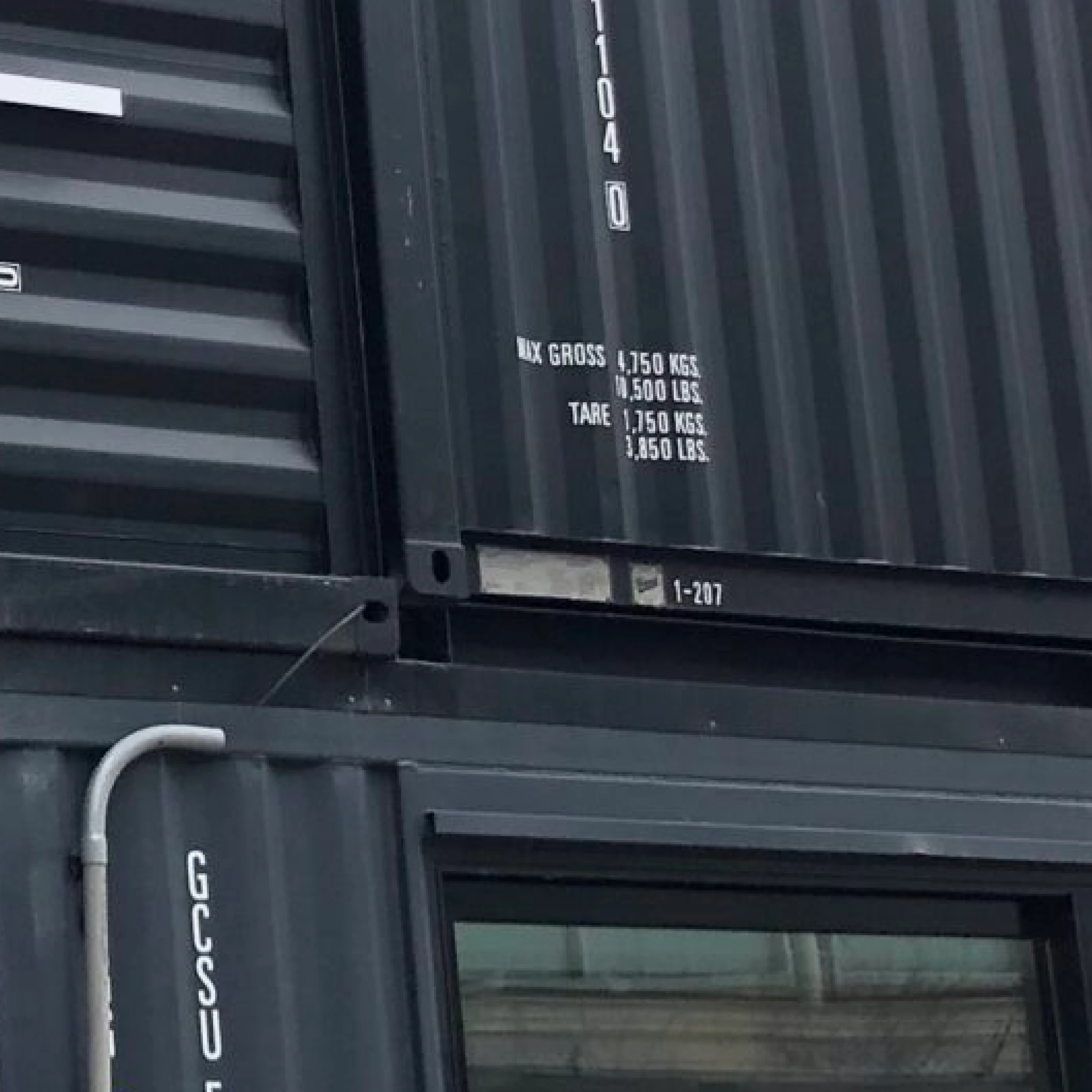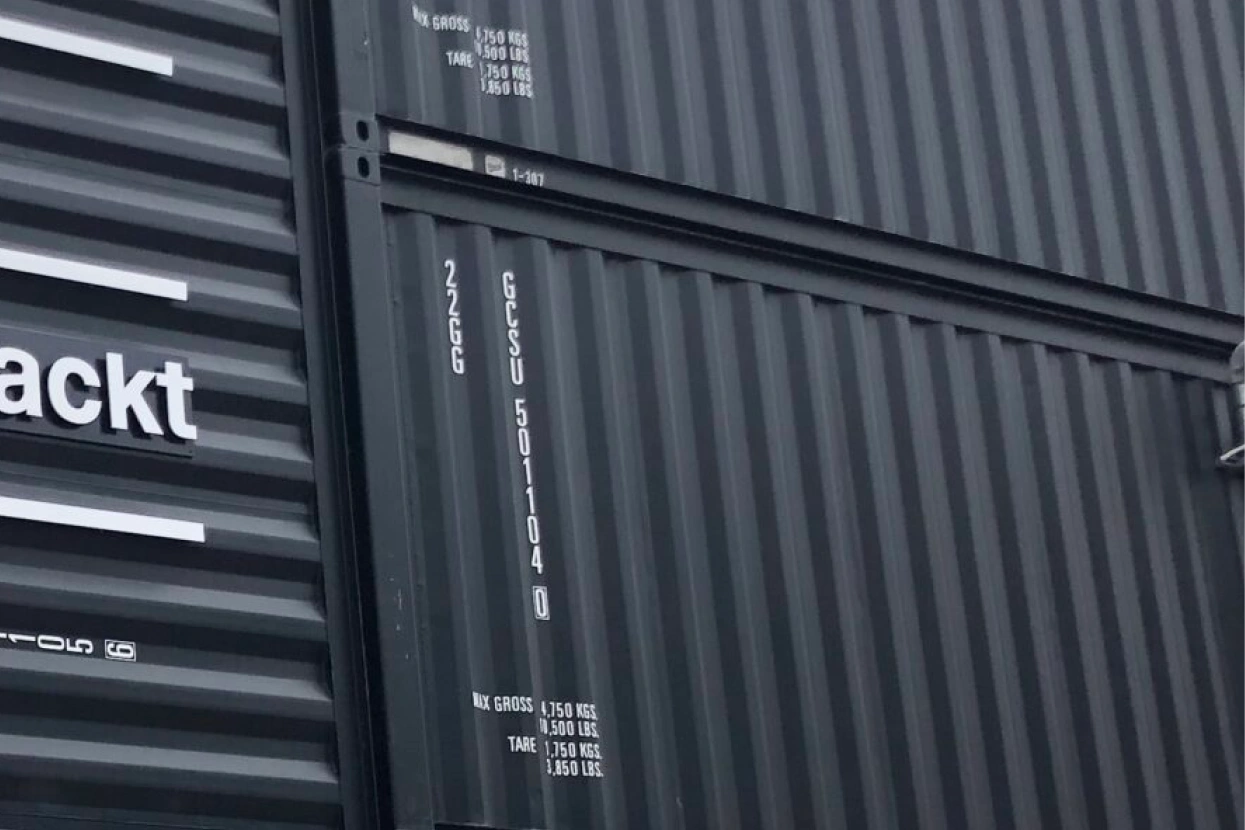Industrial Modular Structures: How Shipping Containers create a offer a better solution


The Evolution of Shipping Containers
Shipping containers, initially conceived for moving goods across oceans, have undergone a remarkable transformation since their inception in the mid-20th century. Originally crafted to streamline shipping logistics, these metal boxes have adapted to the changing needs of our society. Today, they are not just vehicles for transport, but miniature ecosystems capable of supporting diverse industries. This evolution signifies a shift in how we approach design and utility—one that emphasizes sustainability and versatility.
As industries evolve, so do the ways in which we utilize resources. The standard shipping container has emerged as a canvas for creativity, inspiring architects and builders to rethink traditional construction methods. For instance, the concept of repurposing these containers reflects a broader shift toward eco-friendly practices. It’s not just about reusing materials; it’s about redefining our approach to industrial structure itself. In recent years, we’ve witnessed an increase in container-based architecture, which provides a solution to modern needs without compromising the environment.
Imagine a world where storage units, homes, and even businesses could spring up using basic building blocks that were once confined to shipping docks. This idea is no longer in the realm of science fiction. By understanding the evolution of shipping containers, we can better appreciate their potential in reshaping industrial structures for the future. Their versatility extends beyond mere function; they challenge our preconceived notions of what buildings can be.
Why Shipping Containers? Advantages and Benefits
One of the most compelling reasons for adopting shipping containers in industrial structures is their inherent strength and durability. Constructed to withstand harsh weather and rough handling during transport, these containers offer a level of sturdiness that can be beneficial in varied environments. Moreover, this resilience translates into lower maintenance costs over time, making them an economically viable choice for long-term use.
In addition to their durability, shipping containers boast a remarkable degree of modularity. This characteristic allows for flexibility in design that traditional building materials often lack. By being easily stacked, joined, or modified, containers enable architects to create customized industrial solutions that adapt to specific site requirements. This flexibility not only accelerates construction timelines but also minimizes waste, a critical factor in sustainable building practices.
Another significant benefit is the cost efficiency associated with using shipping containers. When compared to conventional building methods, utilizing containers can drastically reduce labor and material costs. This cost-effectiveness makes them an attractive option for startups or small businesses seeking to establish a physical presence without incurring hefty expenses. By leveraging these containers, organizations can redirect funds to other critical areas of growth.
Innovative Uses: Beyond Transportation
Shipping containers have transcended their original role in transportation, finding innovative uses across various sectors. One notable application is in the realm of pop-up retail businesses, where containers serve as mobile stores or kiosks. This trend has gained traction in urban environments, facilitating unique shopping experiences while minimizing the need for permanent structures. By utilizing shipping containers, entrepreneurs can seize opportunities in high-footfall areas, experimenting with different locations without significant financial commitments.
In addition to retail, educational institutions have begun to adopt containers as temporary or even permanent classrooms. This repurposing aligns with the growing trend of innovative learning environments. For instance, educational organizations seeking to promote STEM education have transformed containers into labs equipped with necessary tools and technology. This approach not only provides functional spaces but also encourages hands-on learning in a creative atmosphere.
Moreover, shipping containers are emerging as popular options for community projects and humanitarian efforts. From housing solutions in disaster-stricken areas to creating community centers in underserved neighborhoods, these containers offer quick and affordable ways to address pressing social needs. This adaptability demonstrates the potential for shipping containers to bridge gaps in society, providing essential services while promoting sustainable development.
Transforming Urban Landscapes with Container Architecture
As cities continue to grow and evolve, shipping containers are playing a pivotal role in transforming urban landscapes. Container architecture offers an innovative approach to dealing with space constraints in densely populated areas. For example, many urban planners are incorporating shipping containers into mobile housing units, providing affordable living options while utilizing limited land efficiently. This method is especially beneficial in cities striving to address homelessness and housing shortages.
Additionally, the aesthetic value of container architecture cannot be overlooked. Artists and architects are utilizing these structures to create eye-catching designs that redefine neighborhood aesthetics. By stacking and arranging containers creatively, professionals in the field can craft unique buildings that stand out while serving functional purposes. Such artistic expressions not only elevate the visual landscape but also encourage community engagement and pride.
Furthermore, the integration of greenery into container architecture enhances both the environment and resident wellbeing. Vertical gardens, green roofs, and landscaping around these units contribute to urban biodiversity and improve air quality. As communities become more cognizant of the importance of sustainability, shipping containers paired with biophilic design principles offer a practical way to nurture both ecological health and human connections.
Challenges in Utilizing Shipping Containers
Despite their myriad advantages, the utilization of shipping containers in industrial structures does present certain challenges. One of the primary concerns is the structural integrity of modified units. While containers are built to endure loads during shipping, altering them for other uses requires careful consideration of engineering principles. Without proper modifications, safety concerns may arise, necessitating expertise to ensure compliance with building codes and standards.
Additionally, climate considerations play an essential role in determining the suitability of shipping containers for certain applications. For example, in extremely warm climates, containers can become overheated, making them less comfortable for occupants. Ensuring adequate insulation and ventilation is paramount in such scenarios; however, these improvements may increase costs and reduce the appealingly low-budget factor that many container projects promise.
Moreover, sourcing quality containers without extensive wear and tear can also be a challenge. Consumers often seek used containers to save costs, but they must ensure that these units are structurally sound and free from contaminants such as rust or harmful chemicals. Identifying credible suppliers is crucial for avoiding potential pitfalls that may arise from subpar materials.
Case Studies: Successful Container Structures Around the World
Across the globe, various success stories highlight the innovative potential of shipping containers in industrial structures. One prominent example is the Container City project in London, which has gained recognition for its creative approach to affordable housing. Constructed using a series of shipping containers, this project provides high-quality living spaces that are both stylish and sustainable. It serves as a testament to the effectiveness of container architecture in urban settings, attracting attention from governments and developers alike.
Another significant case is the Kampung Admiralty project in Singapore, which combines residential spaces with community facilities within a single structure made entirely from shipping containers. This blend of functionality and modern design addresses the challenges of urban living, showcasing the potential for containers to foster community connections while maximizing land use. The project has been celebrated not only for its innovative design but also for its emphasis on social cohesion.
Furthermore, the Floating Container Village in the Netherlands aims to provide innovative solutions to rising water levels due to climate change. Utilizing shipping containers to create modular homes on the water represents a groundbreaking step in architectural design, providing a model for future adaptations to environmental changes. By showcasing how these structures can be both flexible and sustainable, this village acts as a model for communities grappling with similar challenges worldwide.
Embracing the Future of Industrial Structures
The rise of shipping containers as industrial structures marks a significant shift towards more sustainable and versatile building practices. As we continue to explore innovative applications, it's clear that these containers offer not just a solution to space but also pave the way for a greener future.
Need some more inspiration?
Check out our recent projects




